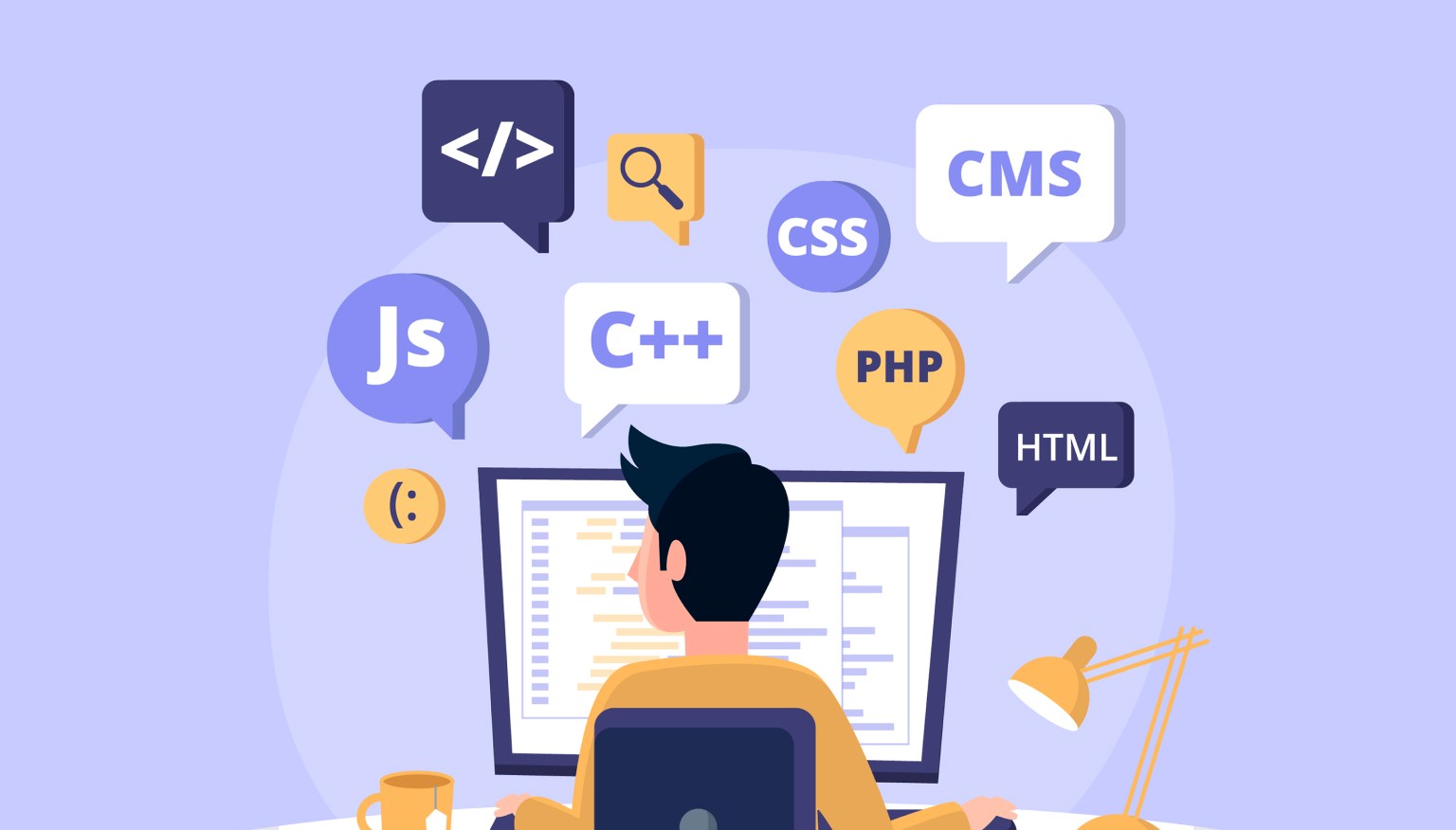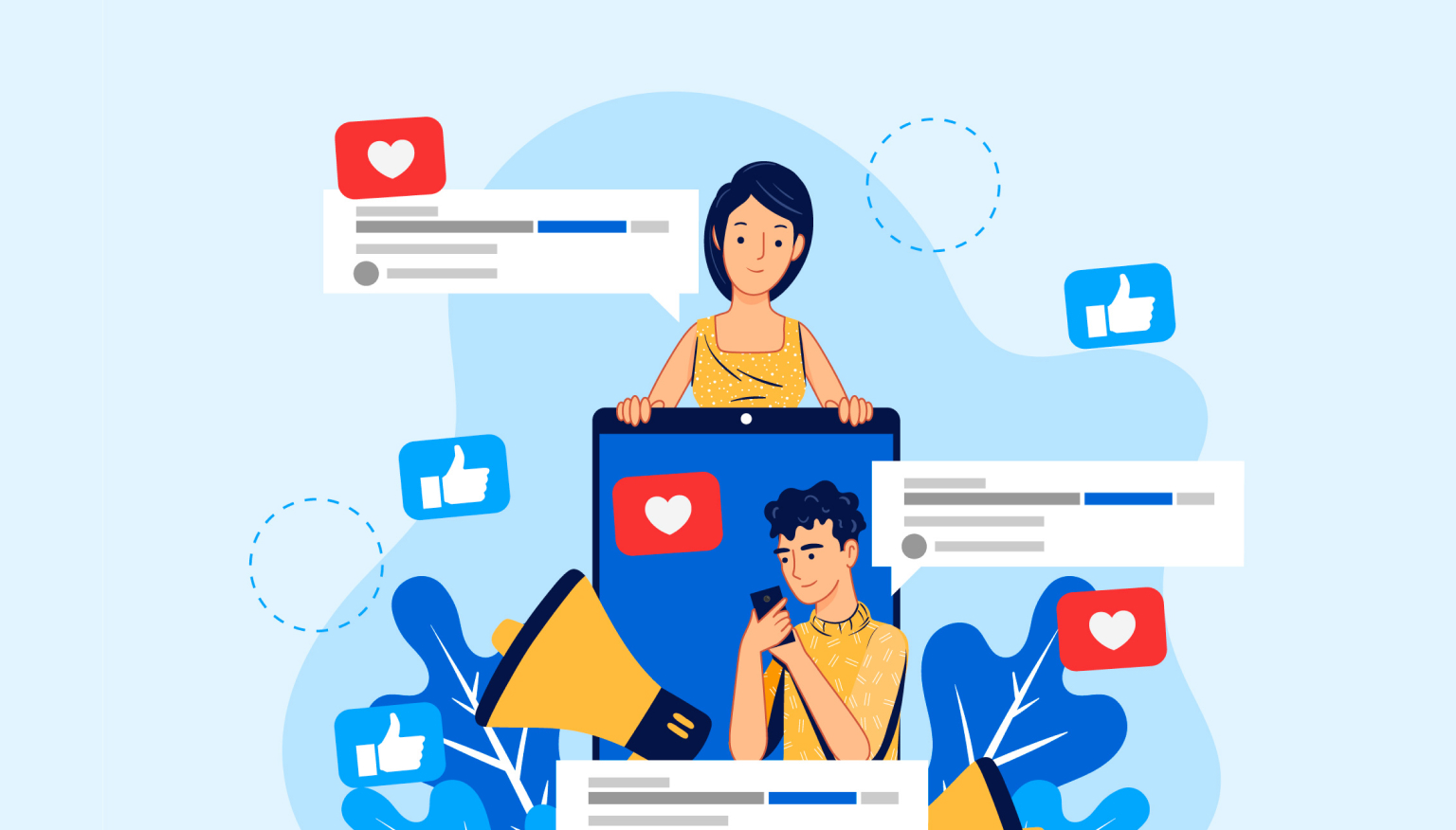How to increase the time spent by users on your site?
Every website owner wants visitors to spend as much time on the site as possible. However, no one can be stopped by force. There are many steps that must be taken in order for visitors to find the site valuable. Only in this case, you can expect more interest in the site. How do you achieve this? There is no obvious formula. However, there are some universal tips that will increase the likelihood that visitors will want to stay longer on your site in any case. Find out what you can do about it. Below you will find eight helpful tips.
Tips on how to increase the time users spend on the site
1. Ensure page speed.
If you are thinking about how to increase the time users spend on your site, you should also take care of reducing the loading time of the site.
Think about it - who (especially nowadays) has the desire to load pages for a long time? We don't want to wait for images, scripts, and other elements to load, which can significantly increase load times. This is fine.
There are a number of tools for measuring page load. These include:
- PageSpeed Insights (soon to be integrated with mobile compatibility testing)
- GTmetrix
- Pingdom Website speed test
- YSlow
They all give a lot of clues about what needs to be improved. However, note that not all aspects are worth improving by force. Sometimes the tools can point out some nuances, the optimization of which can bring more problems than good. If you want to make changes yourself, do so with care. Otherwise, you should contact the experts.
2. Use Appropriate Internal Linking
One of the best ways to learn how to increase user time on your site is to direct users to the right places. What does it mean?
If you mention your archival text in a blog post, put a link to it. By doing so, you allow the visitor to easily navigate to the mentioned text without having to search for it in a search engine.
Competent internal linking helps to keep users on your site.
3. Suggest other entries
Very often under blog entries you can see sections such as "We also recommend", "You may like", "Worth reading", etc. They are placed not without causes. Their purpose is to suggest similar posts to users, for example based on common tags or categories.
The goal is clear - to get visitors to read other texts on related topics.
How do you implement such functionality? If you have a WordPress site, then this task is easy for you. There are so many plugins related to so-called "related posts" that there are plenty to choose from. I can definitely recommend Related Posts for WordPress and Yuzo Related Posts.
However, I wouldn't be myself if I didn't mention that in many cases the best solution would be to use a special simple script. Sometimes plugins can offer too many options, most of which are not used anyway.
4. Make the appearance attractive.
Appearance is very important. This principle applies to many aspects of our lives. This is no different from websites where layout also matters.
How to increase the time users stay on the page using graphics? The main thing is to use it wisely. Try to stick to the following rules:
- use suggestive graphics (e.g. flat design) so that it conveys the right message for your site
- pay close attention to typography (legible fonts large enough, enough space between lines and blocks text)
- properly plan space and separate elements from each other, drawing users' attention to the most important points
- avoid unnecessary elements
All this makes the site visually attractive and not repulsive, thereby encouraging people to stay here longer.
5. Provide thoughtful navigation
This point somewhat follows from the previous one.
Proper space planning on websites is a prerequisite. Each element placed on the page should be well thought out. They cannot be inserted without a predetermined purpose.
This applies primarily to navigation. After all, users need to perform various actions on your site - in most cases, this will be done through the menu. Your goal is to organize the navigation bar in a way that is, above all, intuitive. This also applies to other navigation elements such as sidebars, buttons, menus on mobile, and so on.
The intuitiveness of the above elements is primarily influenced by:
- accompanying texts/labels
- ease of use
- visibility
- colors
Navigation is the key to keep users on your site longer.
6. Place a search engine
If your site consists of many subpages, then implementing a search engine is a good idea. It allows users to find the content they are interested in - it goes without saying.
However, remember that search capabilities alone are not enough. Some sites require advanced search capabilities. Therefore, if your site is so extensive that it makes sense to introduce, for example, filtering, consider this solution. This will help your visitors narrow down their search so they get more relevant results.
7. Engage users
Engagement is what makes social media successful. Users exchange with each other all sorts of interactions that make us "draw" into one or another portal.
How to increase the length of time users stay on the page using engagement? using the same mechanism. The Internet is not a static place where we just read. If you want to attract visitors, offer them various interactive elements.
These include, for example, newsletters, call to action buttons, the aforementioned search engine, forms - just anything that requires the user to click or type, i.e. take an action.
The language in which you address your audience is also important. But more on that below.
8. Use benefit language
In one of the previous points, I mentioned that engagement is key. It can also be invoked with the correct phrases appropriate to the situation.
Ills can serve as phrases such as:
All of the above phrases convince the user to take a certain action. They also refer to the benefits that the user can receive by taking advantage of your offer, for example. This is the point - if someone is looking for a solution to their problem, then you provide them with the tools to do so.
How to increase the time spent by users on the site? - in conclusion
As you can see, there are many ways to increase the time users stay on your site. If you run your own site, then user retention should be your priority.
However, remember that nothing should be done by force. You can't do anything offensive. The most important thing is whether the site will be useful to your audience. If so, then you have every chance of success, which I wish you with all my heart.
















